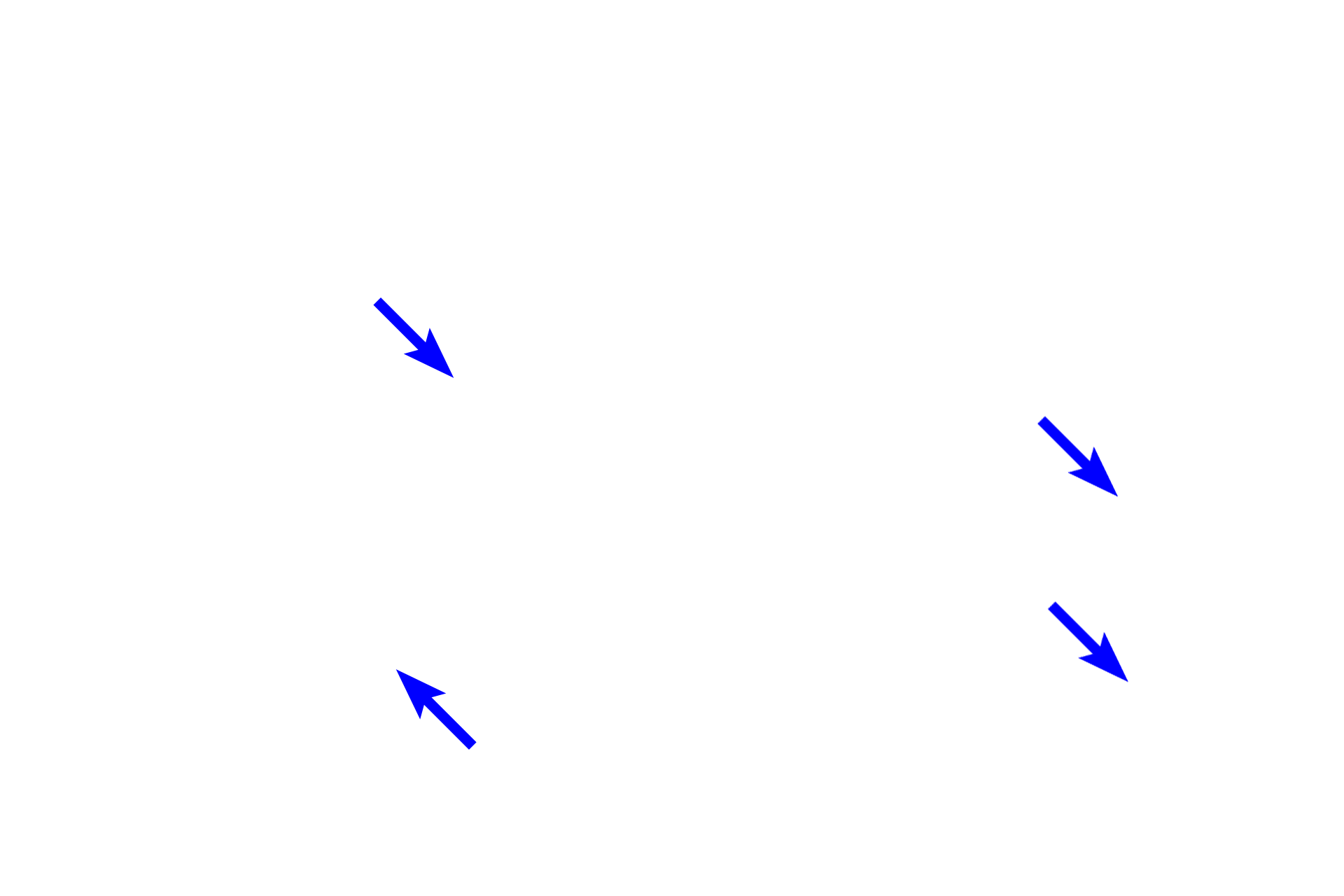
Telophase
During telophase, the nuclear envelope and nucleoli reform, and the chromosomal DNA decondenses. The developing cleavage furrow indicates the division of the cytoplasm (cytokinesis) and the formation of identical daughter cells.

Chromosomes
During telophase, the nuclear envelope and nucleoli reform, and the chromosomal DNA decondenses. The developing cleavage furrow indicates the division of the cytoplasm (cytokinesis) and the formation of identical daughter cells.

Nuclear envelope
During telophase, the nuclear envelope and nucleoli reform, and the chromosomal DNA decondenses. The developing cleavage furrow indicates the division of the cytoplasm (cytokinesis) and the formation of identical daughter cells.

Nucleoli
During telophase, the nuclear envelope and nucleoli reform, and the chromosomal DNA decondenses. The developing cleavage furrow indicates the division of the cytoplasm (cytokinesis) and the formation of identical daughter cells.

Cleavage furrow >
The cleavage furrow, marking the eventual separation site of the daughter cells, is formed by a contractile ring composed of actin and myosin filaments. Interaction between the filaments tightens the ring and eventually pinches the cell into two daughter cells.

Contractile ring
The cleavage furrow, marking the eventual separation site of the daughter cells, is formed by a contractile ring composed of actin and myosin filaments. Interaction between the filaments tightens the ring and eventually pinches the cell into two daughter cells.
 PREVIOUS
PREVIOUS